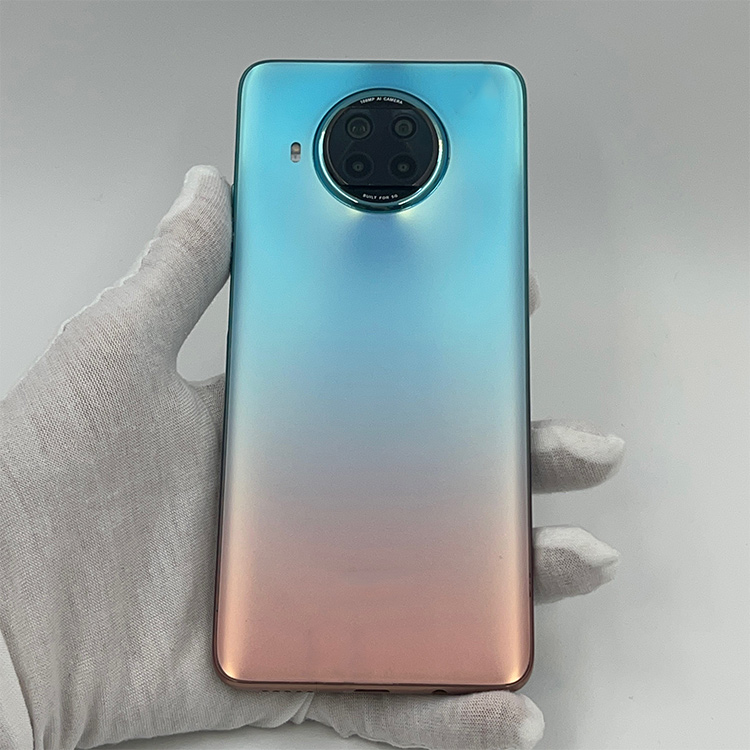Screen Wars: The Ultimate Battle Between OLED and LCD in the Second-Hand Market
Stephen Lee
8/12/20242 min read


In the ever-evolving smartphone industry, one of the most critical aspects influencing buyer decisions is the display technology. Two dominant contenders, OLED and LCD, have been battling for supremacy for years. While new smartphone buyers consider factors like brightness, contrast, and energy efficiency, the second-hand market brings a fresh perspective to this rivalry. Which screen type holds the edge when it comes to resale value, durability, and cost-effectiveness? Let’s break it down.
Understanding OLED and LCD
Before diving into their impact on the second-hand market, it’s essential to understand the fundamental differences between OLED and LCD screens.
OLED (Organic Light-Emitting Diode): OLED screens are known for their deep blacks, high contrast, and vibrant colors. Each pixel emits its own light, eliminating the need for a backlight and allowing for thinner, more power-efficient displays.
LCD (Liquid Crystal Display): LCDs rely on a backlight to illuminate pixels, leading to less contrast and slightly bulkier designs. However, they are generally more affordable and less susceptible to burn-in compared to OLED panels.
Durability and Repairability: Key Factors in the Second-Hand Market
When assessing second-hand smartphones, durability is a crucial concern for buyers and resellers alike. Here’s how OLED and LCD stack up:
Fragility: OLED screens, despite their superior display quality, are often more fragile due to their thinner structure. They are more prone to screen burn-in, where static images leave a permanent ghosting effect over time.
Repair Costs: Replacing an OLED screen is significantly more expensive than an LCD counterpart. Many budget-conscious second-hand buyers prefer LCD phones simply due to lower repair costs.
Longevity: While OLED screens tend to degrade over time (with color shifting or burn-in), LCDs maintain more consistent performance throughout their lifespan, making them a more stable choice for second-hand users.
Resale Value and Market Demand
When it comes to resale value, OLED smartphones generally fetch a higher price. Flagship models from Apple and Samsung, which predominantly use OLED technology, remain in high demand, driving up their second-hand market prices. However, mid-range and budget-friendly LCD models attract a larger segment of cost-conscious consumers looking for affordability over premium display features.
Regional Preferences and Market Trends
In some markets, OLED devices hold a distinct advantage due to consumer perception of higher quality. In contrast, regions with price-sensitive buyers often lean towards LCD-based devices. For second-hand wholesalers and retailers, understanding these trends is crucial when selecting inventory.
Conclusion: Which One Wins?
The OLED vs. LCD debate in the second-hand market doesn’t have a clear-cut winner—it depends on the buyer’s priorities. OLED screens dominate in terms of visual quality and resale value, making them attractive for high-end buyers. However, LCD screens offer superior durability, affordability, and lower maintenance costs, making them a practical choice for budget-conscious shoppers.
For second-hand phone traders, a balanced inventory catering to both preferences is key. Whether dealing in premium OLED smartphones or budget-friendly LCD models, understanding customer needs and market demand ensures success in the competitive resale industry.
Glistock
Premium refurbished mobile devices with warranty options.
Service
Support
stephen@glistock.com
TEL/Whatsapp +86-13728082771
© 2025. All rights reserved.
Stephen Lee
